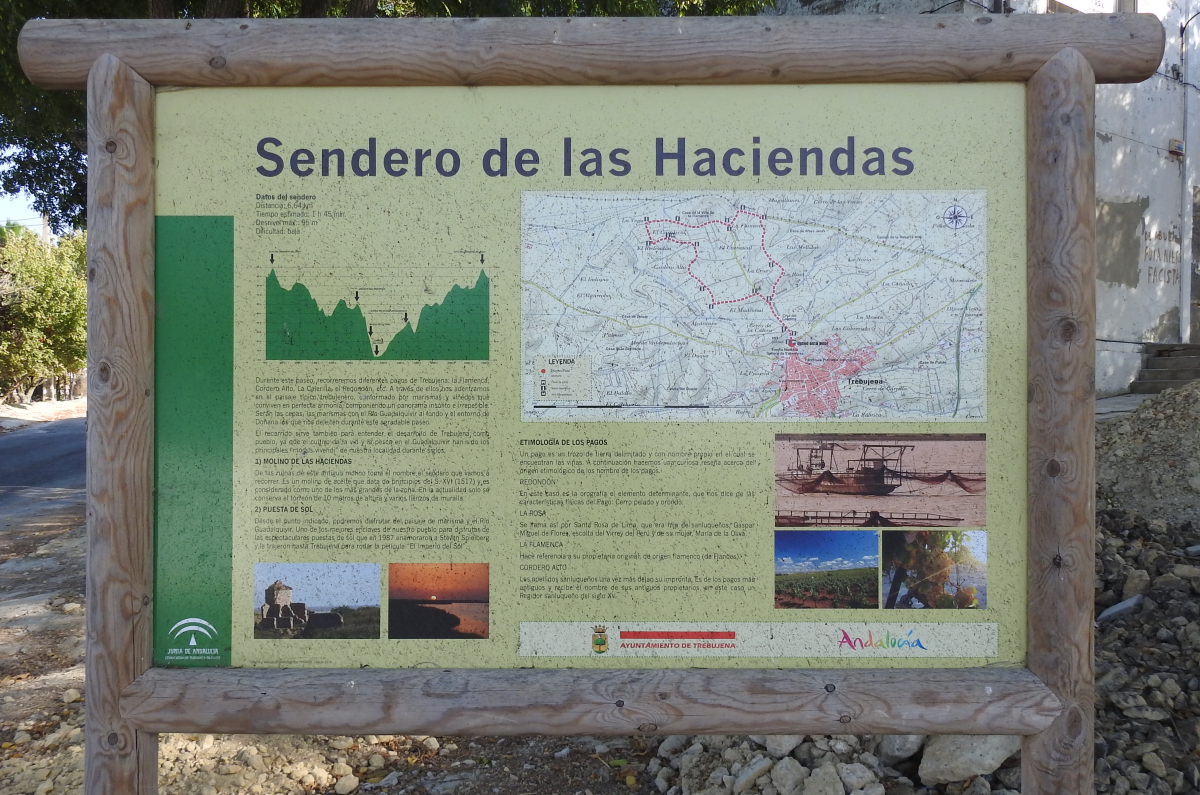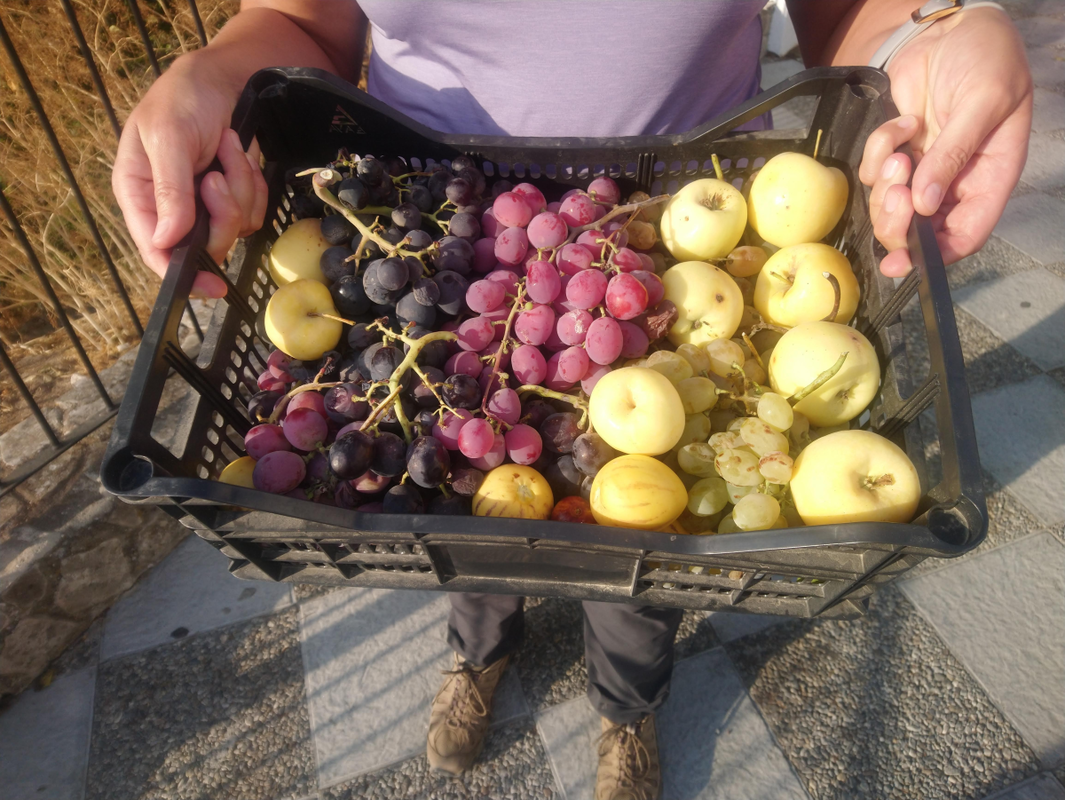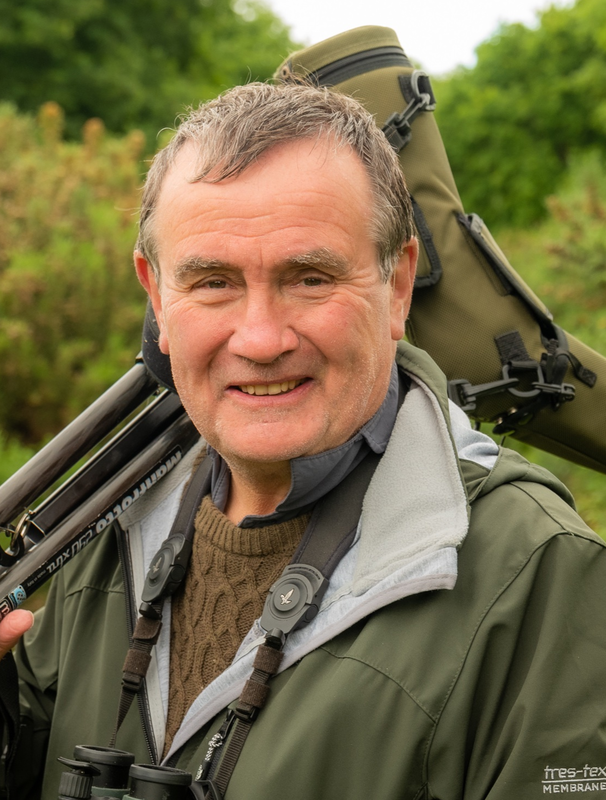 Photo 5 - The delightful "Seňor Paco"
Photo 5 - The delightful "Seňor Paco" 
The good news is that the local community is actively supporting the conservation of this species via the Colectivo Alzacola de Trebujena (backed by a clutch of local organisations including the town council). Hence it's important for visiting birders to act as ambassadors for their hobby by parking sensibly, being careful not to indavertently disrupt those working here, sticking to tracks and paths, politely explaining what you're doing to anyone who asks, etc. As my experience demonstrates, when you do so you can be treated with wonderful kindness and generosity. It helps too, if possible, to spend money locally in hotels, guest houses (see here), ventas, shops etc. and, if your binoculars are still dangling from your neck, locals will guess why you're there.







 RSS Feed
RSS Feed
